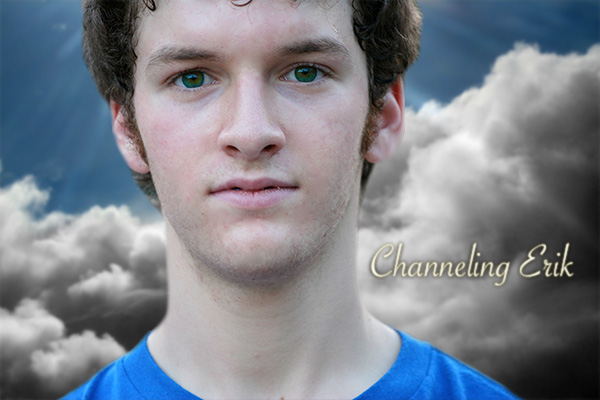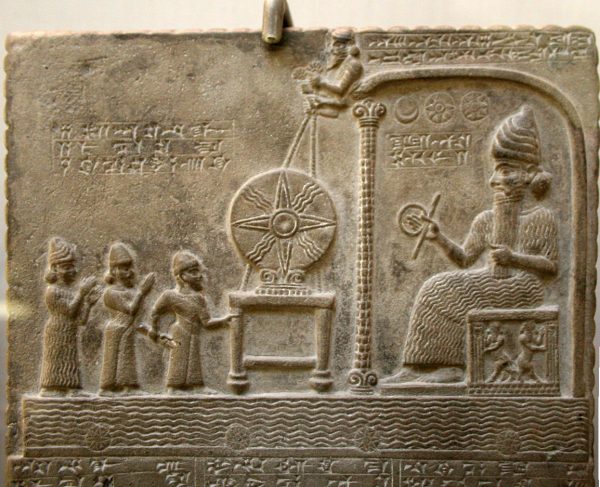Poor Bella deteriorated yesterday developing fever and becoming more listless. Even saying, “Do you want to go see squirrely,” which is the ultimate call of the wild for this 3 pound vicious squirrel hunter didn’t get her to raise her head off the bed. So, I took her to the vet who diagnosed her with tonsillitis and a shot, oral antibiotics and 12 hours later she’s better. Not ready to chase anything furry, but better. I still feel crappy with my bug, but I’m vertical instead of horizontal so that’s a good thing.
We have a lot of blog members, so I want to encourage you all to join the private CE Facebook group if you haven’t already. It’s a safe place to share your beliefs away from the public eye and to get support when you need it. The group is loving, close and often filled with wonderful humor. Click HERE to ask for an invite.
I’m still going to give you more time to vote, but the winner, so far, for the next interview is the 911 hijackers followed by a tie between David Bowie and Wayne Dyer. Vote if you haven’t already by clicking HERE.
Here’s Part Two on life!
Me: Now, where did life on Earth come from? Did it come from bacteria on a meteor that struck Earth?
Jamie mimics Erik, touching her index finger to the tip of her nose.
Me: Was that it?
Jamie: Why would that be the first thing you’d say? For me, that would not be—
Me: Because I saw something about Mars and how they see that there’s saltwater on it meaning there could have been life on it. Did it come from a chunk of Mars or some other planet?
Erik: Some other planet.
Me: Some other planet. Okay. I want to talk about life on other planets. Did it originate kind of in the same way? Did they evolve the same way?
Erik: First life on other planets, similar ways, yes.
Me: So they evolved through spontaneous mutation, Darwinism and help from aliens? Is there any other way that their evolution was influenced?
Erik: Through multidimensional beings, yes.
Jamie: There are some, he’s showing me, that were created by other beings.
Me: Like in a test tube?
Erik: You might say that.
Me: Created as babies or as grown beings?
Erik: They were created as babies. That would be the best way to say it.
Me: Okay. Wow.
Erik: That’s the [technique] they rely on to reproduce as well. It’s like they don’t have that reproduction gene.
Me: They just make them in a lab, factories. That’s weird.
Jamie: It’s very weird.
Me: All right. Is all life carbon-based? Carbon, hydrogen, oxygen-based?
Erik: No.
Me: Really? What are some of the others?
(Long pause)
Jamie: I feel like I need the chart in front of me.
Me: The periodic table?
Jamie: Yeah. He’s discussing helium.
Me: Really?
Jamie: I don’t know how that would work.
Me: Well yeah, it could. What about silicon-based?
Jamie: What does that look like?
Me: I don’t know. The symbol is Si.
(Long pause)
Jamie: Erik, just tell me yes or no!
Me: Yeah, come on, Erik!
Jamie: He’s showing me that the gases, there’s—
Me: Xenon, Argon and all of those? The noble gases?
Jamie: He’s saying, “yes.”
Me: Okay.
Erik: There are some planets that have gas formations, and—
Jamie: I don’t even know how to explain it, but it’s intelligent life.
Me: Wow. Do they use something like DNA?
Erik shakes his head, no.
Me: Genes and stuff.
Jamie: No, not what he’s trying to explain, no.
Me: Okay, well the last question on this: Give me an example in a little bit more detail of another form of life that’s not carbon-based and doesn’t use DNA. We can go with one of your noble gas beings. They consist of nobles gases and?
(Long pause)
Jamie: He’s going with that since you mentioned it. He’s sharing that, you know when we look at a close up of the nervous system with all the little wires? I see that. It looks like light formations. It doesn’t look like solid matter that I could reach out and grab. I feel like if I was there, I could move right through it, and it wouldn’t break. It would come back together for communication purposes.
Erik: These entities are linked together through this vein of communication, so as one experiences, almost like roots on a tree, it goes back to all the leaves.
Me: Does it have cells as building blocks?
Erik: Like our cells? No.
Me: So how do they replicate?
Erik: Think of it as light matter. They don’t really replicate. It’s almost like they grow from each other. It’s not like two get together and then make a third. One grows to a certain mass level, and it changes.
Jamie: Isn’t that how cells divide, like they get so much in them and then they pull apart? It’s kind of like that.
Me: Oh, okay. Cool. So they don’t have building blocks. They’re just amorphous blobs?
Jamie: It’s almost like the planet itself is the life force of it all.
Me: Oh, interesting!
Jamie: And that the beings that are experiencing the planet are parts of the planet’s energy source.
Me: All right. So the soul of the planet, pieces of it are these beings.
Erik: Yeah.
Jamie: I can’t see male, female, child, adult.
Me: God, the possibilities are just endless! Well thank you, Erik, for this. Thank you, Jamie: You’re welcome.
Me: Erik, haunt us later, okay?
Erik: You got it, Mama. I love you!
Me: I love you, too. Bye.
If you guys have read Erik’s book and liked it, would you mind writing a short review on Amazon and sharing it on your Facebook timeline? It would be so helpful, and I’d appreciate it so very much!. Click HERE to write the review. You can also copy and paste it into the review page for Goodreads and Barnes and Noble. Thanks so much for y’all’s support! I love you all!



